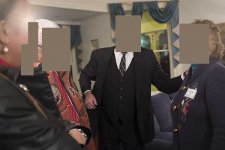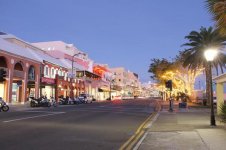Here's some examples.
This is the closest to your results.

I think the flare you see is related to the the flare from the light just out of the frame in the upper left hand corner. But, notice the halo ghosting around the bright lights on the right about 1/3 of the way down from the top. This is the ghosting artifact I discussed earlier in this thread.
Thiese ghosting artifacts are very obvious in this photo,

Look at the second light pole from the left in the second photograph. Only one of these bright lights has halo ghosting. This demonstrates how sensitive the ghosting artifact is to the angle.
Here's another example without any ghosting. But these point source lights are not as bright.

However there is flare from the lights just out of the frame on the right. This flare is different than the ghosting and I think it is the sort of flare that affected your results.
This final example demonstrates how the light source size affects the ghosting.

Look at the second light pole from the right. The ghosting is huge compared to the light source. Even though the light to the right right is closer to the frame edge, the source is larger and the ghosting is reduced.
The last photo also has flare from the bright lights at the upper left hand edge of the frame. This flare is also different than the ghosting and I think it is the sort of flare that affected your results.
Here is one last example.

In all cases I used the OEM lens hood without a lens filter. The aperture was f 2 or f 2.8. However I have seen similar results at narrower apertures.












